Slip clay, often defined as a clay slurry used in pottery and ceramics, plays a crucial role in various aspects of ceramic work. Whether for joining clay pieces, slipcasting, or creating decorative designs, slip brings versatility and creativity to the craft. Understanding slip’s unique properties and how it compares to similar materials like engobes helps potters apply these substances effectively to enhance their creations. Let’s delve into the details of slip clay, its uses, and its significance in pottery.
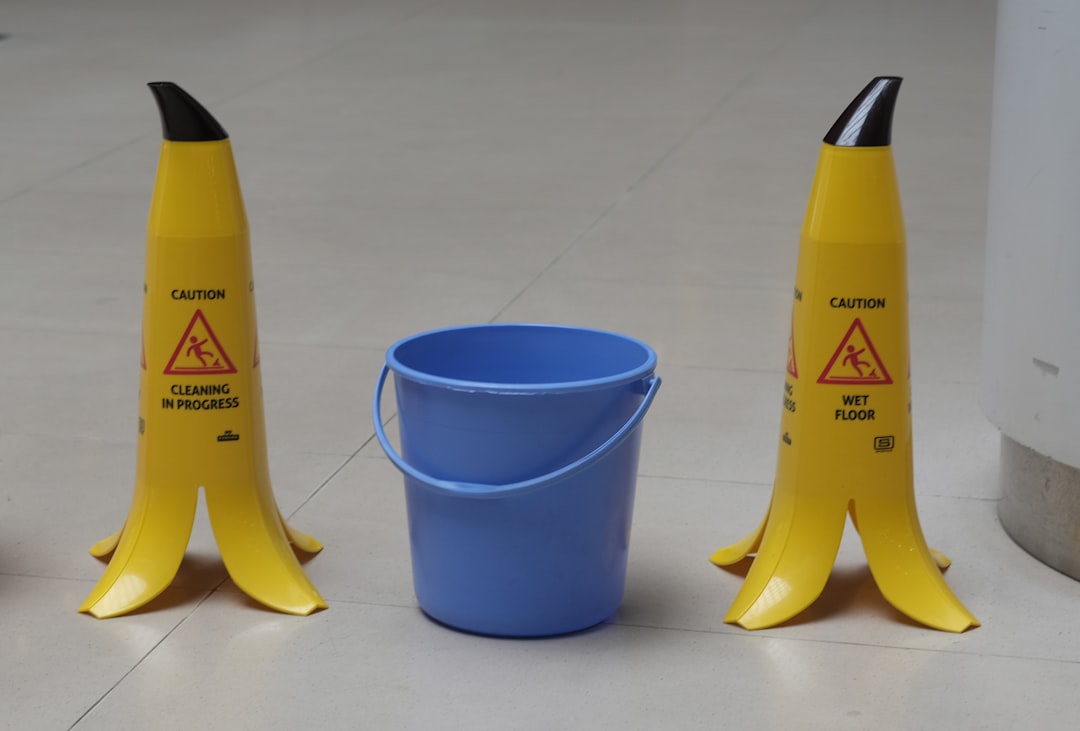
| Slip Clay | Engobe | Usage |
|---|---|---|
| A liquefied mixture of clay and water | Mixture includes clays, flux, fillers | Joining, molding, decoration |
| Used for slipcasting, glazing, decoration | Typically used to mask underlying clay body | Decoration, protection, enhancement |
| Common in traditional slipware | Offers color and depth | Applied through brushing, trailing, dipping |
The Versatility of Slip Clay in Pottery
Slip clay is more than just a simple blend of clay and water; it’s a potter’s magic potion, transforming how pieces come together and achieve their final artistic flair. Imagine the smooth consistency of heavy cream or the fluidity allowing intricate applications across ceramic surfaces. From joining clay parts to creating a canvas for elaborate surface designs, slip can do it all.
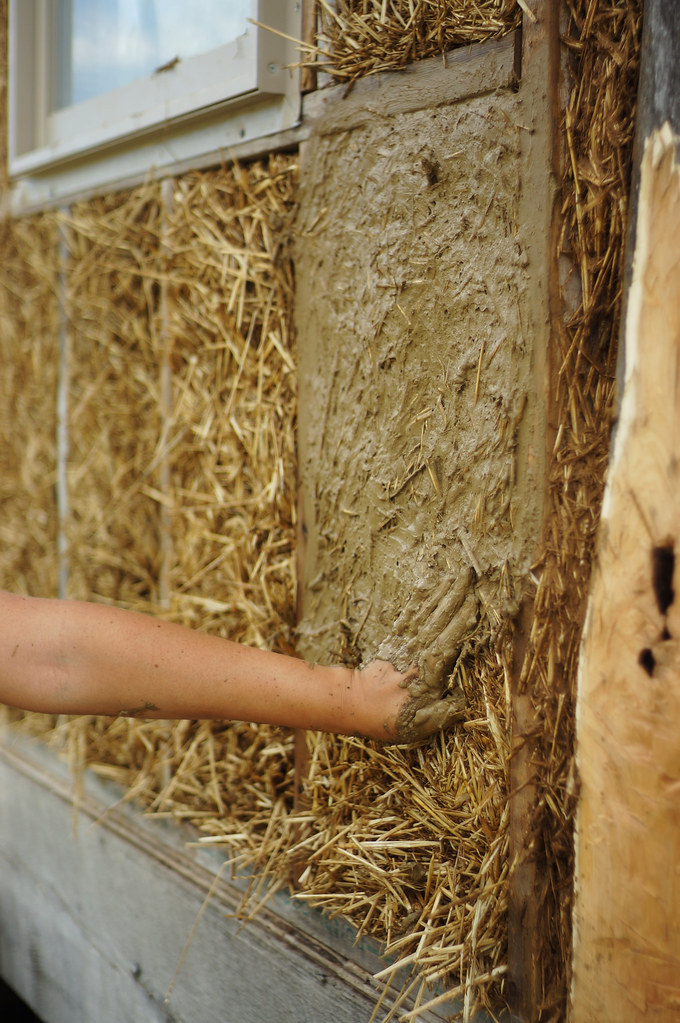
Joining Clay with Slip
Joining clay pieces isn’t just about sticking them together; it’s about ensuring a seamless union that can withstand the test of time. This is where slip shines with its adhesive properties. The technique often involves scoring two pieces of clay, applying slip generously, and then pressing them together. This method, aptly known as the “slip and score,” ensures a solid bond, reducing the likelihood of cracks or breaks during the firing process.
Adding certain additives, like sodium silicate, can enhance slip’s binding effectiveness. These additives help disperse clay particles more evenly, making the slip more than a binding agent, but a true potter’s ally.
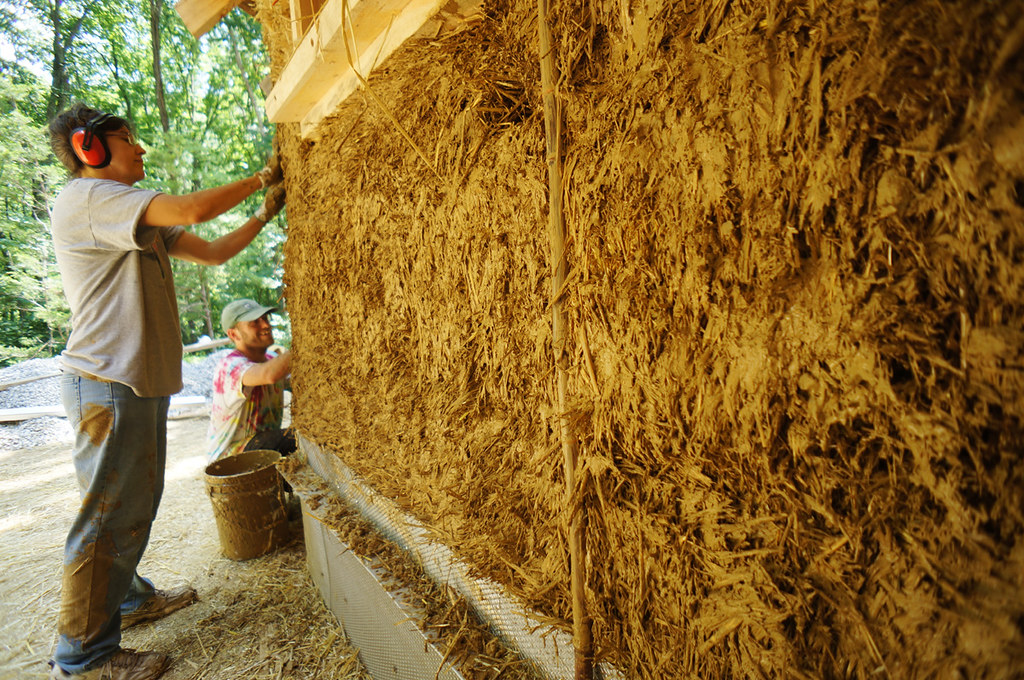
Decorative Wonders with Slip
If you’ve seen pottery that’s more than just a functional piece—perhaps with swirling patterns or vibrant colors—chances are slip played a role. Slip painting, slip trailing, and sgraffito are all techniques that utilize slip to create decorative effects on pottery surfaces. Whether it’s through dipping, brushing, or trailing, slip opens up endless artistic possibilities.
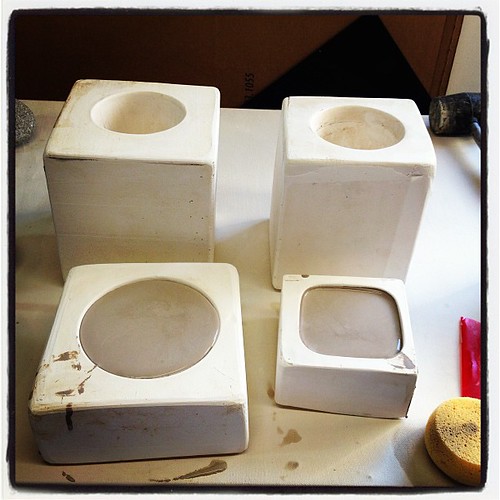
Potters often mix pigments into the slip to explore endless hues. This adaptability means clay bodies can be decorated in styles reminiscent of ancient Greek pottery, such as the black-figure and red-figure techniques, or modern abstract designs. Moreover, for those exploring textured finishes, applying thick layers of slip can achieve crackle effects, adding character and depth to their works.
Understanding Engobes and Slip
While slip is celebrated for its artistic possibilities, engobe serves a slightly different purpose. An engobe might feel similar to slip at first glance but includes various other components like flux and fillers. This combination makes engobe particularly useful for masking the natural hue of the underlying clay body. It’s typically applied when you want to add a layer of color or texture while retaining the piece’s structural integrity. In essence, engobe is about complementing and contrasting, while slip typically emphasizes the form and unity of the piece.
Slip in Modern Techniques
The modern potter finds infinite uses for slip, extending even into slipcasting. Utilizing slip in molds allows for intricate reproductions or unique custom pieces. The method involves pouring slip into a plaster mold where the water is absorbed, leaving a layer of solidified clay that can be further worked upon for detailed designs.
In studio settings, potters use various custom slip recipes, blending different types of clay with ingredients for desired results—some incorporating deflocculants to manage consistency and flow, allowing fewer water needs and more solids in slip mixtures.
Experimenting with Slip
Experimentation is the key to realizing slip’s full potential. Whether potters are recycling clay scraps into slip or formulating specific recipes for their unique style, the process remains the same: soak, blend, and apply.
Commercial options like Alberta Slip or Ravenscrag Slip offer time-saving alternatives to home preparation. However, nothing beats the joy and satisfaction of creating a custom batch ready to breathe life into ceramic masterpieces.
High-purity Ohio slip clay has become a rare find, which is essential for certain pottery techniques, reflecting the broader importance of having a dependable slip source. Like the rich history of North American Stoneware, which has utilized slip in its unique pottery styles.
What have been your experiences with using slip in your craft? Are there any unique techniques or results you’ve achieved? Share your thoughts and join our pottery community in continuing this age-old conversation. Keep up to date with our recent articles for more insights.
Molding Clay Tools Modeling Clay Kit
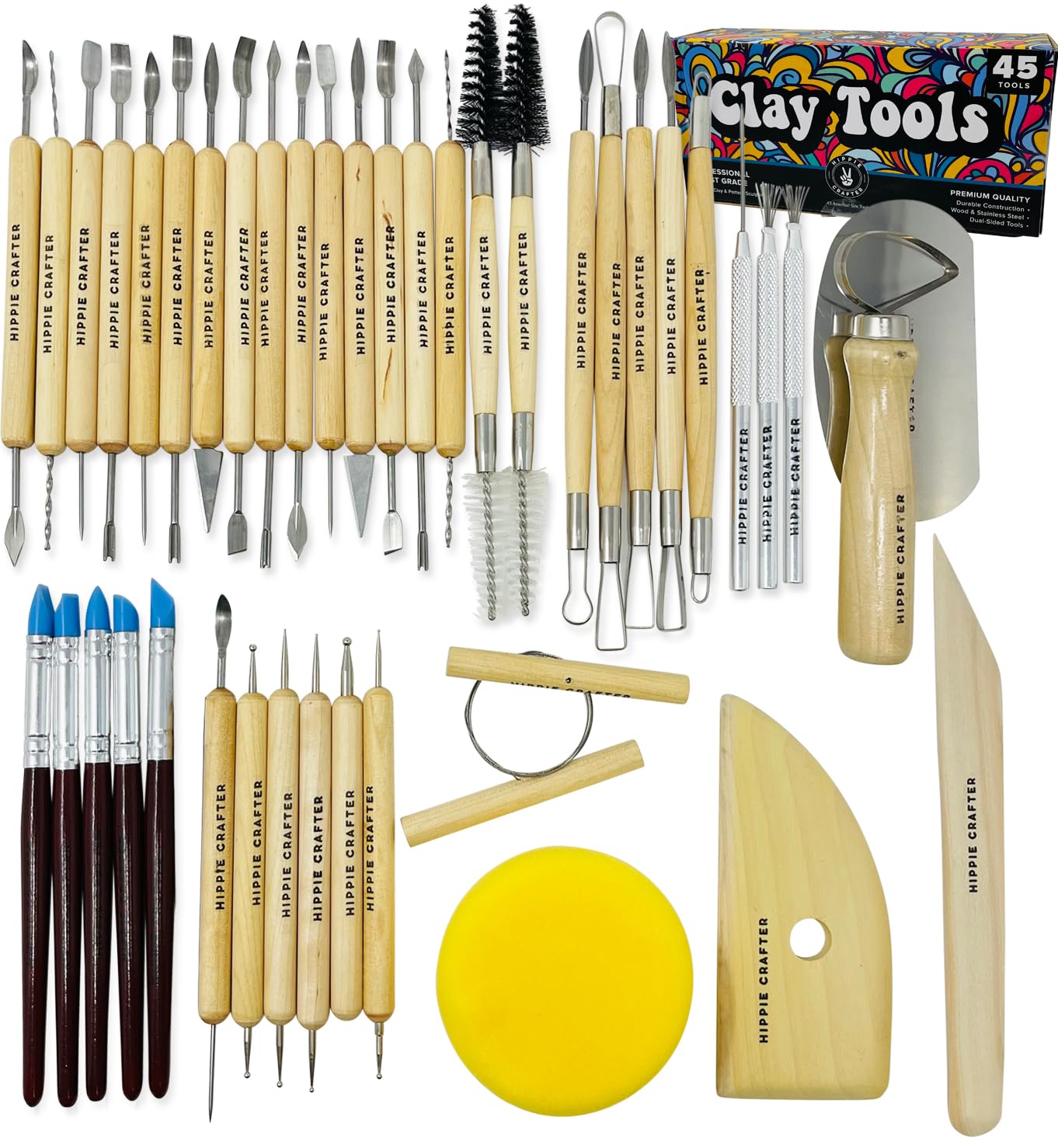
Unleash your creativity with this comprehensive Polymer Clay Tools and Pottery Tool Kit. This 45-piece set includes everything you need for molding, sculpting, and blending clay with precision. Whether you’re a beginner or a seasoned artist, these sturdy tools help you achieve beautiful designs with ease. Perfect for all kinds of clay and pottery projects, this kit is a must-have for any craft enthusiast looking to enhance their artistry. Join countless satisfied users like Davia k., who describes this set as sturdy and highly effective.
Explore More Pottery Terms
Slip clay, often defined as a clay slurry used in pottery and ceramics, plays a crucial role in various aspects of ceramic work. Whether for joining clay pieces, slipcasting, or creating decorative designs, slip brings versatility and creativity to the studio. To gain a deeper understanding of these and other essential pottery terms, check out this informative video by Pennington Design Pottery.
How do you slip clay?
To make slip clay, start by gathering any leftover or scrap pieces of clay and letting them dry completely in a container. Then, cover the dry pieces with water—repurposing your old clay water if possible—to give it extra richness. Stir the mixture well, let it rest overnight so the clay fully absorbs the water, then stir again in the morning. You’ll be left with a smooth, creamy mixture ready for joining clay pieces or decorating your work.
Is slip just watered down clay?
Slip, sometimes called ceramic slip or pottery slip, is indeed clay mixed with water until it resembles heavy cream or paint. Because of its blendable texture, slip clay is used for everything from strengthening seams between two clay pieces to adding surface details and color highlights.
What’s the difference between slip and underglaze?
Both slip and underglaze contain coloring metal oxides, but they serve slightly different purposes. Pottery slip is typically applied to unfired or leather-hard clay to bond pieces together or add decorative features. Underglaze, on the other hand, can be painted onto both raw (greenware) and bisque-fired clay, and it’s primarily used for precise color application before the final glaze. Each plays a unique role in the ceramic process.
Why do you need slip for clay?
Slip is essential for creating secure attachments between separate clay elements—like handles on mugs—or for decorating the surface of a piece with painted designs. Beyond pottery, clay slip also proves valuable in natural building techniques (such as straw bale construction), acting as a protective coating that helps plaster adhere to the walls. Whether you’re sculpting a ceramic masterpiece or crafting eco-friendly walls, slip clay is key for a strong, polished finish.
From understanding the basics to exploring advanced techniques, slip clay serves as an essential element in the world of ceramics. Its versatility not only enhances the functionality of pottery but also opens up endless possibilities for artistic expression. Whether you’re a seasoned potter or just starting out, mastering the use of slip clay can elevate your ceramic creations to the next level.
Stay Connected and Keep Creating
I hope you found this guide on slip clay helpful! If you're passionate about ceramics and want to stay updated with more tips, tutorials, and inspiring projects, feel free to follow us on Instagram. Let's continue this creative journey together!
Leave a Reply
Venture into a world where clay and creativity converge at JJClayStudio.com – where every piece tells a story. Unearth your next treasure and become part of the narrative that turns everyday moments into artful experiences.
